
Ortez imalatı sanatı ve bilimi, son on yıllarda küçük döngüler içinde aşamalı olarak gelişmiştir. Bununla birlikte, skolyoz ve kifoz gibi en zorlu vakaların doğru şekilde ele alınması, bulunduğunuz yere bağlı olarak ya pahalıdır, standartların altındadır ya da hiç olmayabilir.
Osteoid'de, ortaklarımıza eksiksiz bir anahtar teslimi üretim sisteminin bileşenlerini, bilgi birikimini ve altın standart omurilik braketlerinin çok daha kısa sürede ve maliyetle yerinde üretilmesini sağlamak için eğitim sağlıyoruz.
Osteoid'in anahtar teslim üretim sistemleri, en güvenilir ve verimli gövde korsesi üretimini sağlamak için 3D korse modelleri, yapay zeka karar destek sistemlerine sahip 3D tasarım yazılımı ve 3D baskı çözümleri içerir.
Klinik İşakışı
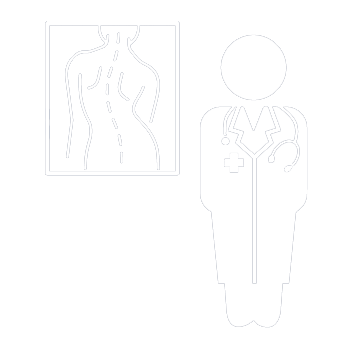
Teşhis
Skolyoz ve kifoz tanısı konservatif tedavi alanında uzman ortopedist veya fizik tedavi ve rehabilitasyon doktoru tarafından konulmalıdır. Bu, hastanın klinik tablosuna bakarak omurganın röntgenini değerlendiren ve gövdenin dönüşünü ölçmek için bir Skolyometre kullanan doktor tarafından yapılır. Kemik gelişimi (risser skalası), Cobb Açısı ve omurganın rotasyonu konservatif tedaviye uygun ise hasta doktor tarafından skolyoz konusunda uzmanlaşmış bir ortopedi atölyesine yönlendirilir. Alanında uzman ortotist daha sonra Cheneau sınıflamasına göre eğriliği sınıflandırır ve Osteoid yazılımımızdan uygun taban model seçimi ile devam eder.
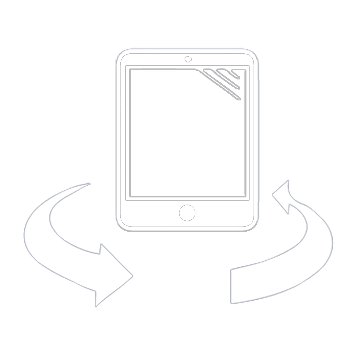
3D Tarama
3D tarama aparatı ve firmamızın geliştirdiği iPad uygulaması ile hastanın vücuduna el değmeden en pratik ve hızlı şekilde hastanın vücudu 3D yazılım ortamına aktarılır. Hastanın rotasyonunun optimal bir klinik resmini elde etmek için hastanın fotoğrafları çeşitli açılardan ve konumlardan çekilir.
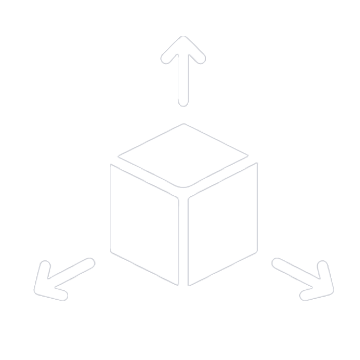
C.A.D.
CPO (Sertifikalı Protez Uzmanı), hastanın vücut taramasını ve ölçümlerini Osteoid 3D yazılımına girer ve bu sırada hasta verilerine göre bir 3D temel model seçilir. 3D korse modeli, her bir hasta için en uygun olacak şekilde tasarlanmıştır ve CPO, basınç noktalarını, yerçekimi çizgisini, dönüşü ve pelvik eğimi ayarlayarak standart modeli mükemmelleştirebilir.
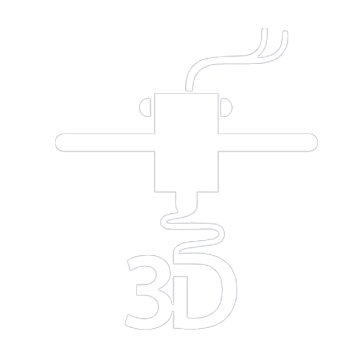
3D Üretim
Kişiye özel korse tasarımı tamamlandıktan sonra veriler hızlı ve kolay üretim için özel olarak geliştirilmiş Osteoid 3D yazıcıya aktarılacaktır. Bu işlem, korsenin hastanın kullanımına uygun hale getirilmesi için Osteoid tarafından tasarlanıp geliştirilen extruder ile ortalama 7-10 saatte tamamlanır. 3B yazıcı, kişiselleştirilmiş desteği yazdırmayı bitirdiğinde, CPO, desteği hastaya takmak için çıkarır ve hazırlar.
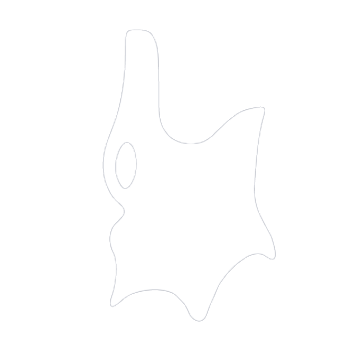
Tedavi
Korsenin takılması sırasında CPO (Osteoid uzmanlarından biri tarafından eğitilen), desteğin biyomekaniği ve hastanın spinal deformitesini dikkate alarak basıncı artırmak için pedleri destek olarak kullanarak hastanın vücuduna mükemmel uyum sağlayacak şekilde uyarlar. Yaklaşık 2 saatlik bir sürenin ardından CPO, her hasta için daha iyi ve daha rahat oturması için Termoplastik malzemeyi (Osteoid PE) keser ve düzleştirir. Yaklaşık 10 haftalık bir sürenin ardından doktor, omurga deformitesi üzerindeki 3 boyutlu basıncın nerede ve hangi yönde etkilendiğini doktora ve CPO'ya gösterecek olan bir korse içi röntgen yazacaktır. Hastanın klinik tablosundaki herhangi bir değişikliği görmek için bir öncesi ve sonrası resmi ile doktorlar ve CPO daha sonra bu bilgiyi korse içi röntgen ile birlikte alacak ve gerekirse korsede gerekli ayarlamaları yapacaktır.
Korselerimiz
Standartlaştırılmış korse modellerine yatırılan onlarca yıllık deneyim sayesinde, her bir eğri paterninin aynı biyomekanik prensiplerle tedavi edilmesini sağlıyoruz.
Temel kitaplık Schroth yöntemi ile uyumludur ve 5 adet Chêneau tipi skolyoz korsesi, 2 adet Kifoz korsesi ve bir adet simetrik post op-braceden oluşmaktadır.
Ayrıca, özel yazılım çözümleri geliştirerek ortaklarımızın kendi tasarımlarını ve fikirlerini parametreleştirmelerini sağlıyoruz.
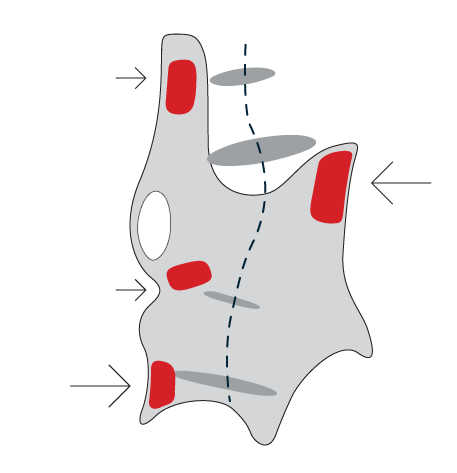
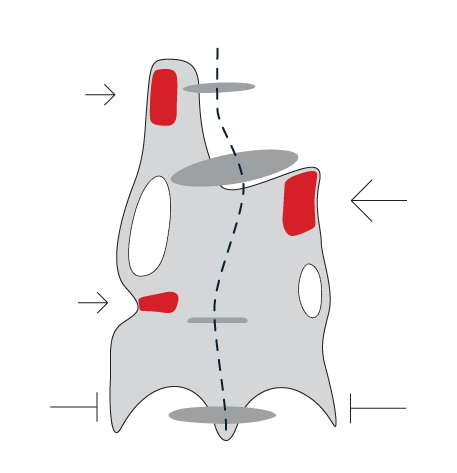
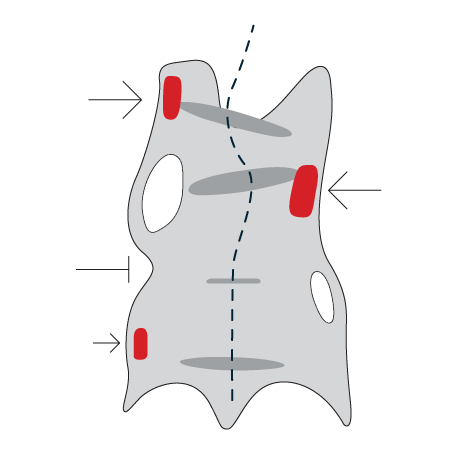
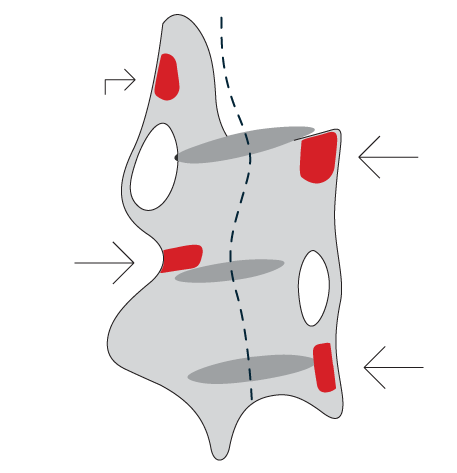
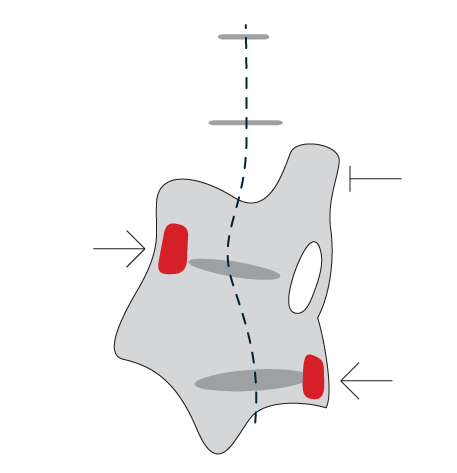
Yapay Zeka
Yapay zeka modellerimiz, kullanıcının karar verme yeteneklerini geliştirmek ve desteklemek amacıyla geliştirilmiştir. Bu, cerrahi olmayan tedavi sonuçlarının sistematik olarak iyileştirilmesiyle sonuçlanır ve profesyoneller için bir tedavi planı formüle etme süresini hızlandırır.
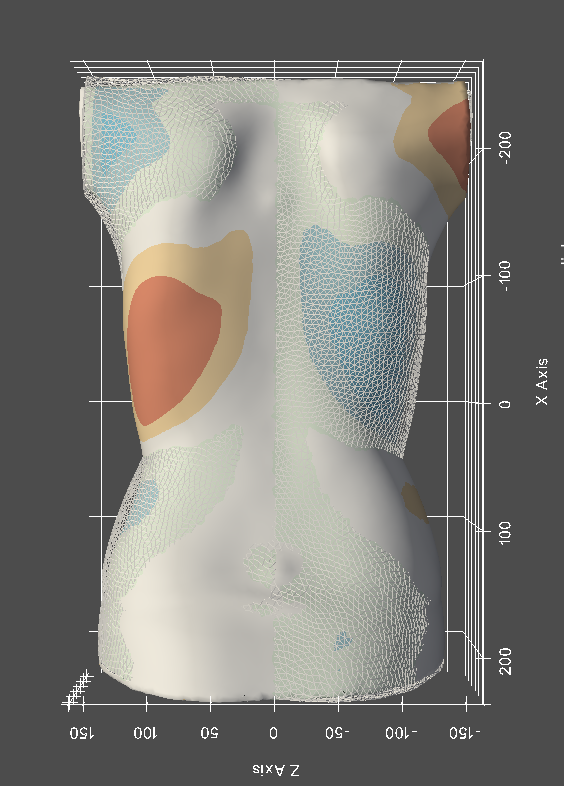
Korse Sınıflandırma
Bu son teknoloji model, her bir hasta için doğru destek modellerinin seçildiğinden emin olmak için 3D geometri algoritmaları ve derin öğrenme ile işlenen hasta gövdesi 3D taramaları ile eğitilmiştir.
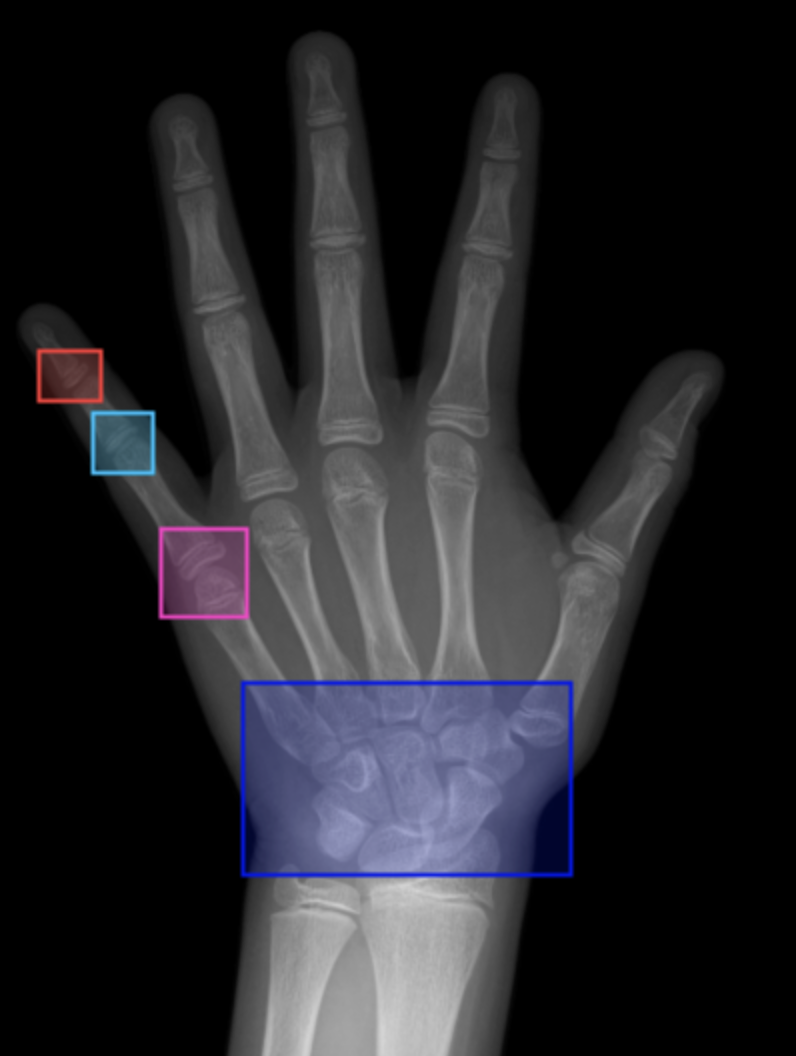
Risser AI
Risser ölçeği, iskelet olgunluğunu değerlendirmek için kullanılan bir derecelendirme sistemidir. Skolyozda, omurga eğriliğinin daha fazla ilerleme potansiyelini belirlemek için Risser ölçeği kullanılır. Risser ölçeği, skolyoz hastalarına uygun tedavi planını belirlemek için sıklıkla diğer ölçümler ve değerlendirmelerle birlikte kullanılır. Risser AI, hastanın iskelet olgunluğunu değerlendirmek için eğitilmiş derin bir sinir ağıdır.
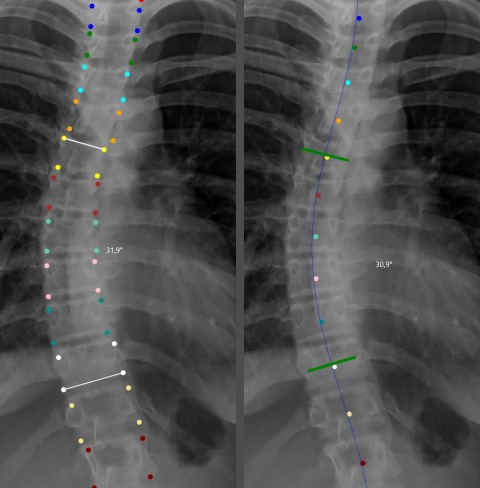
Cobb Açısı
Cobb açısı, skolyoz tanı ve tedavisinde kullanılan çok önemli bir ölçü olup, doktorlara ve uzmanlara eğriliğin ciddiyetini belirlemede ve tedavi kararı vermede değerli bilgiler sağlar; ancak gözlemci içi değişkenlik, tedavinin etkinliğinin yanlış teşhis edilmesine ve yanlış değerlendirilmesine neden olabilir. Cobb Ai, vertebra köşelerini veya ağırlık merkezlerini kolaylıkla ve hassasiyetle tespit etmek için eğitilmiş derin bir sinir ağıdır.
Kişiselleştirme
Parametrik yazılımla birleştirilmiş sayısallaştırılmış breys kitaplıkları, Osteoid çözümlerinin belkemiğidir. 3D modelleme parametrik arayüzü ile standart hale getirilmiş destek modellerini kolayca özelleştirebilirsiniz.
Osteoid yazılımı, sanal bir uyarlama sırasında hastada etkilerini göstererek, hastaya özgü parametreleri belirleme imkanı sunar. Bu parametreler arasında de-rotasyon ve sıkıştırma miktarı bulunur ve bunlar dijital bir ortamda gerçekleştirilir.
3D Printer
Osteoid'in 3D baskı çözümleri, oyma, termoformlama ve atık yönetimi gibi geleneksel imalat süreçlerine bağlı olan iş saatlerini ve çoklu işlemleri en aza indirmek için tasarlanmıştır. Değerli varlıkların başka yerlerde kullanılabilmesi için tasarruf sağlar. Osteoid endüstriyel 3D yazıcımız, özel bir pelet ekstrüzyon ünitesi ve geleneksel yönlendirme makineleri ile kolayca kesilebilen, öğütülebilen ve cilalanabilen özel bir termoplastik malzeme ile donatılmıştır.
Osteoid'in 3D baskı çözümleri, oyma, termoformlama ve atık yönetimi gibi geleneksel imalat süreçlerine bağlı olan iş saatlerini ve çoklu işlemleri en aza indirmek için tasarlanmıştır. Değerli varlıkların başka yerlerde kullanılabilmesi için tasarruf sağlar. Osteoid endüstriyel 3D yazıcımız, özel bir pelet ekstrüzyon ünitesi ve geleneksel yönlendirme makineleri ile kolayca kesilebilen, öğütülebilen ve cilalanabilen özel bir termoplastik malzeme ile donatılmıştır.
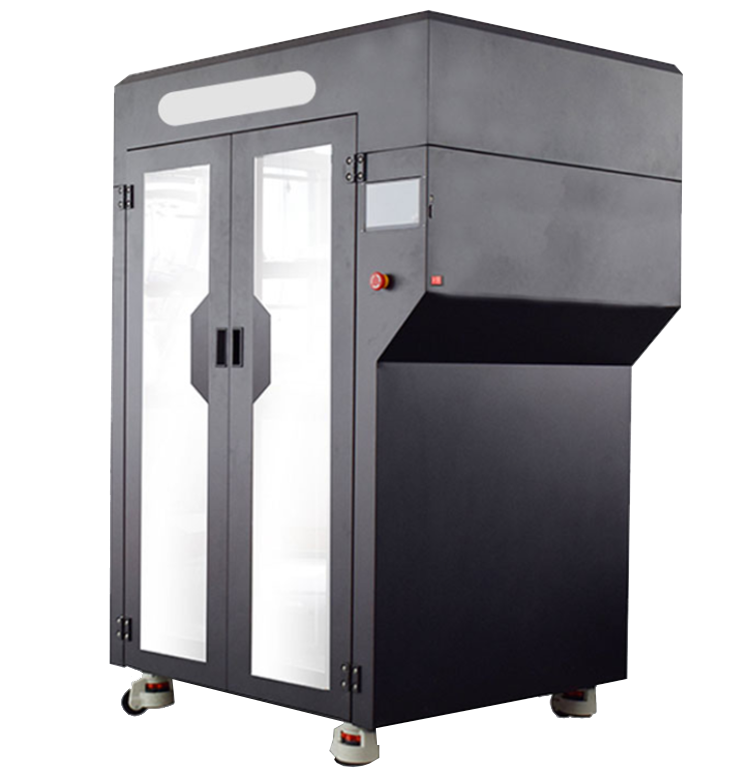
| Özellikler | |
|---|---|
| Metod | Pellet Extrusion |
| Slicer | Osteoid |
| Materyal | Osteoid PP |
| Korse Baskı Süresi | 6-9 Saat |
| Printer Hacmi | 120 x 90 x 170 cm |
| Baskı Hacmi | 55 x 55 x 75 cm |
| Ağırlık | 195 kg |
| Sıcaklık Kontrolü | 3 bölge |
| Nozzle Ölçüsü | 3.0 / 3.5 / 4.0 mm |
| Extruder Sıcaklığı | 0 - 280 °C |
İLETİŞİM
Osteoid Sağlık Teknolojileri
Adres: Reşitpaşa Mah. Katar Cd.
Teknokent Arı 1 Sitesi
Sarıyer / İstanbul
E-mail : [email protected]